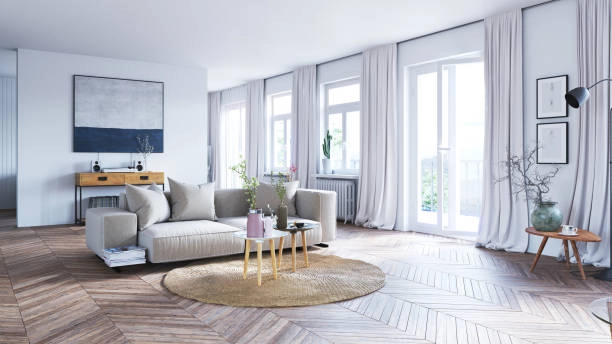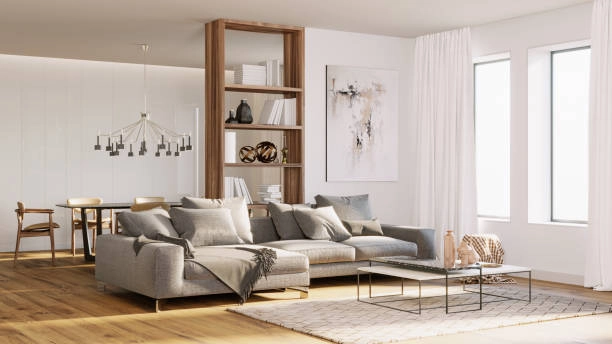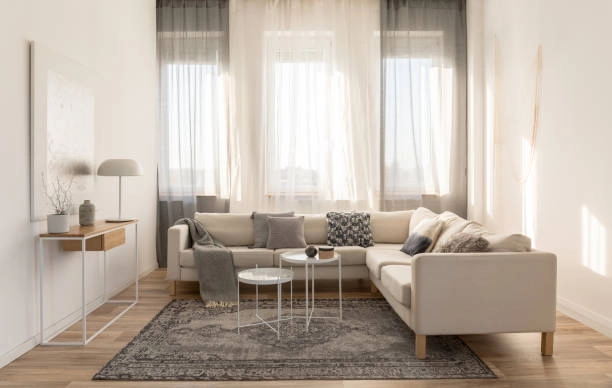Designing a home addition involves a delicate balance between aesthetics and practicality. A well-designed addition not only enhances the visual appeal of your home but also provides functional space that meets your lifestyle needs. This article explores the key principles of balancing aesthetics with practicality in home addition design, offering insights and tips to help you create a beautiful and functional space that complements your existing home.

Understanding the Balance Between Aesthetics and Practicality
Achieving a balance between aesthetics and practicality in home design is essential for creating spaces that are both visually appealing and functional. Aesthetic appeal reflects personal style and enhances the emotional connection to your home, while practicality ensures that the space serves its intended purpose efficiently.
Principles of Practical Aesthetic Design
To balance aesthetics with practicality, consider the following principles:
- Functionality Meets Beauty: Choose furniture and design elements that serve multiple purposes. For example, a storage ottoman can provide seating and storage, enhancing both form and function.
- Simplicity and Clarity: Simplified designs enhance space clarity and flow. Use clean lines, minimal clutter, and a neutral color palette to create a serene atmosphere that is both beautiful and functional.
- Material Choices: Select materials that are durable and visually appealing. Hardwood floors and granite countertops offer both elegance and longevity, making them ideal for balancing aesthetics and practicality.
Designing a Home Addition
When designing a home addition, consider the following steps:
- Define Your Needs: Determine why you need an addition. Is it for extra living space, storage, or a specific function? This clarity will guide your design decisions.
- Set a Budget: Establish a realistic budget that covers materials, labor, and potential permits.
- Choose a Design Style: Ensure the addition complements your existing home’s architectural style. Consider materials, colors, and architectural features that blend seamlessly with your current structure.
- Plan for Functionality: Design the space to meet your practical needs. This could include built-in storage, efficient layouts, or specific features like a home office or playroom.
- Consult with Professionals: Work with an architect or designer who can create a detailed plan that meets your needs and budget. They can also ensure compliance with building codes and regulations.

Balancing Aesthetics and Practicality in Home Additions
To balance aesthetics and practicality in your home addition, consider the following tips:
- Set Clear Priorities: Determine what aspects of design are most important to you. Is it essential to have a space that looks stunning for entertaining, or do you need a comfortable and functional environment for daily living?
- Choose Versatile Pieces: Opt for furniture and decor that serve multiple purposes. For example, a coffee table with storage compartments can provide both style and practicality, helping you maintain a clutter-free space.
- Plan for Flow: Consider the layout of your space carefully. A well-thought-out floor plan can enhance both the aesthetic and functional aspects of a room, ensuring that movement feels natural and effortless.
Maximizing Space Efficiency
Space efficiency is crucial in home additions, especially when working with limited square footage. Here are some strategies to maximize space:
- Multi-Functional Furniture: Use furniture that serves multiple purposes, such as a sofa bed or a storage ottoman.
- Vertical Storage: Utilize wall space with shelving units or hanging organizers to keep essentials accessible without cluttering the floor.
- Open Layouts: Design open layouts that blend different areas, such as kitchen, dining, and living spaces, to create a sense of spaciousness and flow.
Material Choices for Home Additions
Material choices play a significant role in balancing aesthetics and practicality:
- Durable Materials: Select materials that are both visually appealing and durable. Hardwood floors, granite countertops, and microfiber furniture are excellent choices for their longevity and style.
- Eco-Friendly Options: Consider sustainable materials like bamboo, reclaimed wood, or low-VOC paints to align with eco-friendly values while maintaining aesthetic appeal.

In conclusion, designing a home addition that balances aesthetics and practicality requires careful consideration of both form and function. By understanding your needs, choosing versatile design elements, and selecting durable materials, you can create a space that is both beautiful and functional.
Whether you’re expanding your kitchen, adding a bedroom, or creating a home office, Elite Remodels is a trusted partner for bringing your vision to life. Their commitment to quality, transparency, and personalized service ensures that every project reflects your unique style and enhances your home’s value. Contact us today to learn more!
Frequently Asked Questions
1. Why should home addition design enhance property value?
A quality home addition design enhances functionality as well as design, making the house more appealing to potential homeowners. Carefully considered layouts, durable materials, and space effectiveness add value to property while assuring the added space integrates perfectly with the building.
2. What are essential aspects to think about in home addition design?
Good home addition design requires establishing needs, budgeting, and choosing materials that complement the current style. Balancing functionality with a pleasing appearance guarantees the space maximizes daily life. Hiring experts also ensures compliance with local building regulations and maximizes the design.
3. How do I make my home addition design more space efficient?
To achieve maximum space in home addition planning, incorporate multi-functional furniture, vertical storage, and open spaces. Convertible furniture and built-in shelving can minimize clutter while preserving style and functionality, making the new area both functional and aesthetically pleasing.
4. What are the best materials for a long-lasting home addition design?
Long-lasting products like hardwood flooring, granite countertops, and energy-efficient windows provide longevity in home addition design. Sustainable materials like reclaimed wood and low-VOC paint provide a sustainable choice with an upscale appearance that can integrate seamlessly with the overall aesthetic of the home.
5. How do I find the right balance between aesthetics and practicality in home addition design?
An effective home addition design achieves a balance of form and function by employing multi-purpose pieces, long-lasting materials, and well-thought-out floor plans. Choosing multi-functional furniture and maintaining a tidy space ensures the new room is both pleasing to the eye and functional.
6. Can smart technology enhance my home addition design?
Yes, including smart technology in home addition planning adds convenience and energy efficiency. Smart lighting, climate control, and security devices make areas more practical and have a contemporary aesthetic. These attributes enhance comfort as well as may enhance the resale value of the house.
7. Why would I need to hire professionals to do home addition design?
Hiring home addition designers ensures the added space is structurally sound and attains desired design objectives. Designers assist with layout for optimal use, choosing materials, and meeting building code requirements, all leading to a quality addition that improves both looks and function.